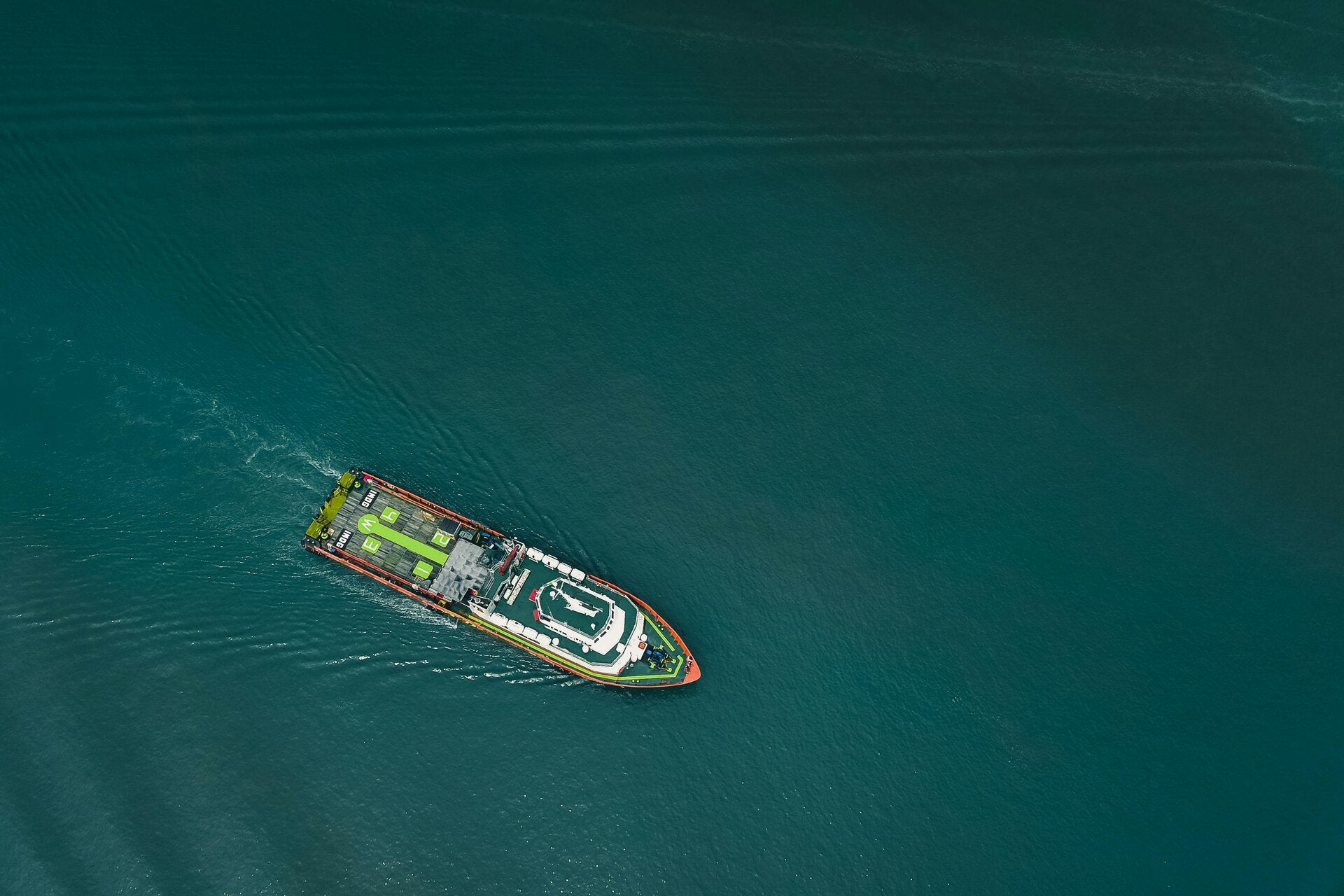IHO S-100 and MASS Integration
Exploring the intersection of IHO S-100 standards and autonomous ships. Learn about how these technologies are shaping the future of maritime navigation and safety.

How S-100 Enhances Autonomous Ship Safety and Efficiency
IHO S-100 and Maritime Autonomous Surface Ships (MASS) are intrinsically linked. The S-100 Universal Hydrographic Data Model provides the flexible, modern framework required to produce the rich, high-frequency data that MASS will need for safe and autonomous navigation. This enables real-time, event-driven updates and the integration of various data types that are critical for automated decision-making in the maritime environment.

Challenges in Adopting S-100 for Autonomous Ships
The biggest challenges to S-100 adoption for autonomous ships are complex regulatory frameworks and a lack of international standards, the need to manage safety and reliability in a mixed human-autonomous navigation environment, and the inherent security vulnerabilities of complex autonomous systems.

The Key Link Between S-100 and Autonomous Ships
For someone new to all this, the key link is that S-100 is the international standard for harmonizing and exchanging the digital data that autonomous ships and their shore-based systems need to navigate and operate safely and efficiently. It provides a universal framework and data models (like S-128) that enable different information systems to "talk to each other" and share crucial maritime information, making autonomous operations and digital maritime services possible by ensuring interoperability and reliable data for decision-making.
The Future of Autonomous Shipping with S-100
An important aspect of S-100 in the future of autonomous shipping is that it will provide data in machine-readable formats that allow for automated processing, data integration, and dynamic updates. This is critical for automation and AI-driven analytics. Discover the future possibilities enabled by S-100.

Create Your Own Website With Webador